Pros and cons of printing with inkjet stencils
An ideal stencil method for realistic tattoos
05 February 2024
Have you heard about the alternative method for printing more detailed, sharp, and precise stencils?
Lately, there's been a lot of buzz about Inkjet, the digital printing system that eliminates carbon paper.
And we couldn't help but dig into this revolutionary technology that has already blown the minds of many Realistic Tattoo artists. It's an ink specially designed to be used with Eco Tank printers. A method that seems to have many advantages, but also some pitfalls to consider...
Curious to know everything about using it and when it's worth investing in?
Keep reading!
Printing stencils with a thermocopier
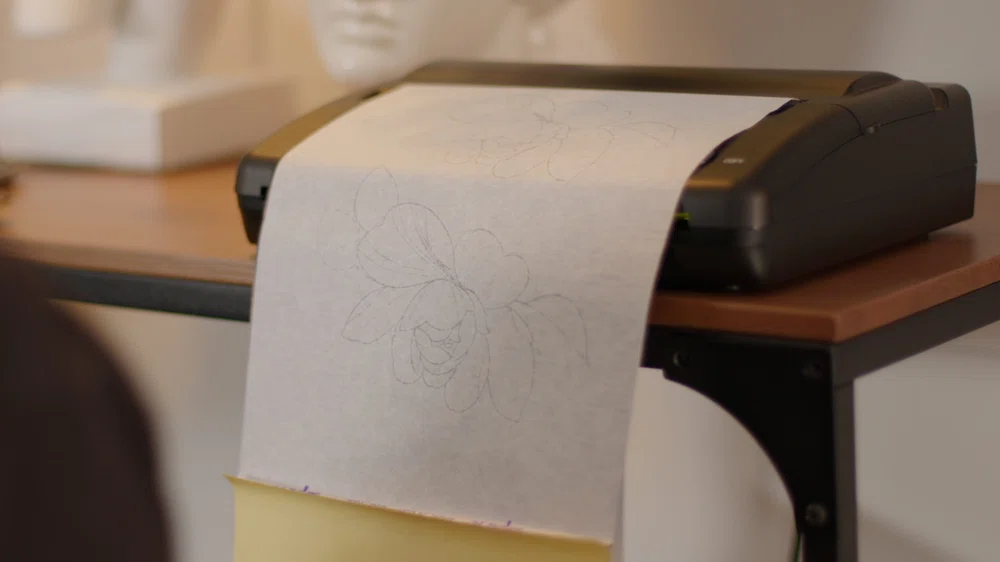
To identify the advantages and disadvantages of this intriguing method, let's take a brief look at what we've known so far.
The arrival of thermocopiers marked a turning point in the process of transferring designs to the client's skin. Something that could only be done manually, suddenly had the possibility of being simplified thanks to digital technology.
Its use is practical and simple. All you need is an electronic device for designing, a compatible printer, and hectographic paper... the good old carbon paper.
Today, many artists use them to speed up and ease their work. However, the classic method of manual stencils remains the most beneficial for those starting in tattooing. And even for many experienced professionals, it's still the preferred choice for numerous reasons...
Advantages of the manual stencil method
- Develops and improves your drawing skills.
- Trains your eye and hand memory.
- Better prepares you for the tattoo session.
- Helps you improvise if the stencil fades during a session.
When you're a beginner, it's essential to learn to navigate rough waters. So, knowing how to work without "shortcuts" and being prepared for any unforeseen circumstances is crucial.
But once you have your knowledge solidified and your skills well-polished, you can allow yourself to optimize processes.
That being clarified, let's get down to brass tacks. Exactly, what you landed here for.
What is Inkjet Stencil?
It's a stencil ink specially designed for use with EcoTank printers. It replaces CMYK ink cartridges to print stencils directly onto the tracing paper without the need for hectographic paper.
Despite being on the market for years, its use has not become widespread, but more and more artists, especially in Realistic Tattooing, are adopting it for its fidelity to the design.
The fascinating aspect of this method is that it simplifies the process to the point of enhancing the level of detail and precision of a stencil.
It only takes watching an image to be amazed by the clean look and wide range of tones it offers. No wonder it catches the attention of Realism tattoo artists! Look at that level of detail...
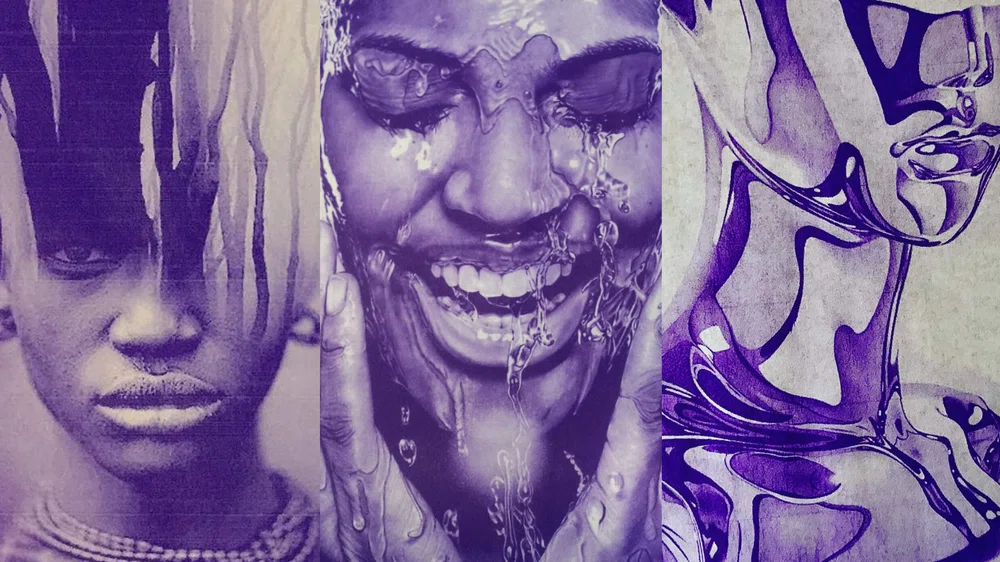
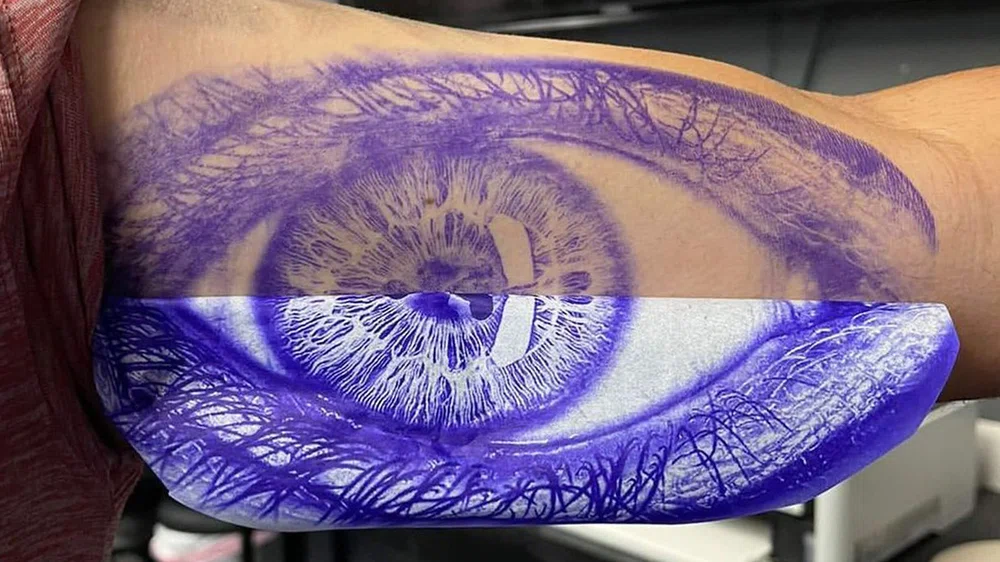
Now, before you get carried away and rush to buy it, there are several things you should consider.
Printing with Inkjet Stencils, Step by Step
- You must have an EcoTank printer, preferably Epson, although some say that certain all-in-one Brother printers are also compatible.
It is crucial that it be new and has not been used before for another purpose, as common inks are toxic to the skin. - The tanks intended for cyan, magenta, yellow, and black cartridges must be replaced with special Inkjet Stencil ink.
Although there are other brands available, we haven't found any records of them being compatible or working entirely well. So, when in doubt, it's better to opt for Inkjet, especially to avoid damaging the printer.
IMPORTANT: The print-heads require certain maintenance. And it's crucial to use the printer daily to prevent them from becoming clogged with dry ink. - You should also consider using the fixing spray offered by Inkjet for transfer to the skin, and, of course, the paper, also recommended by the brand; which is semi-transparent, so it is also suitable for manual tracing.
You may come across alternatives that serve the same function, and it's up to you to choose what to use. But as is often the case with such exclusive products, it's generally advisable to follow the manufacturer's recommendations and go with what is proven to work. - Finally, you need an electronic device, either a tablet or a computer, that allows connectivity with the printer.
Keep in mind that, just like with thermocopiers, to avoid the design ending up upside down, you must mirror it with a tattoo design application like Procreate or such.
PRO TIP: These types of smart printers offer some interesting configuration parameters such as adjusting brightness, contrast, opacity, and other values that we can use to our advantage.
And as a final recommendation, when hitting print, consider doing it only in black since, although the color option prints without a problem, some have found differences in detail.
Disadvantages of Using Inkjet Stencil
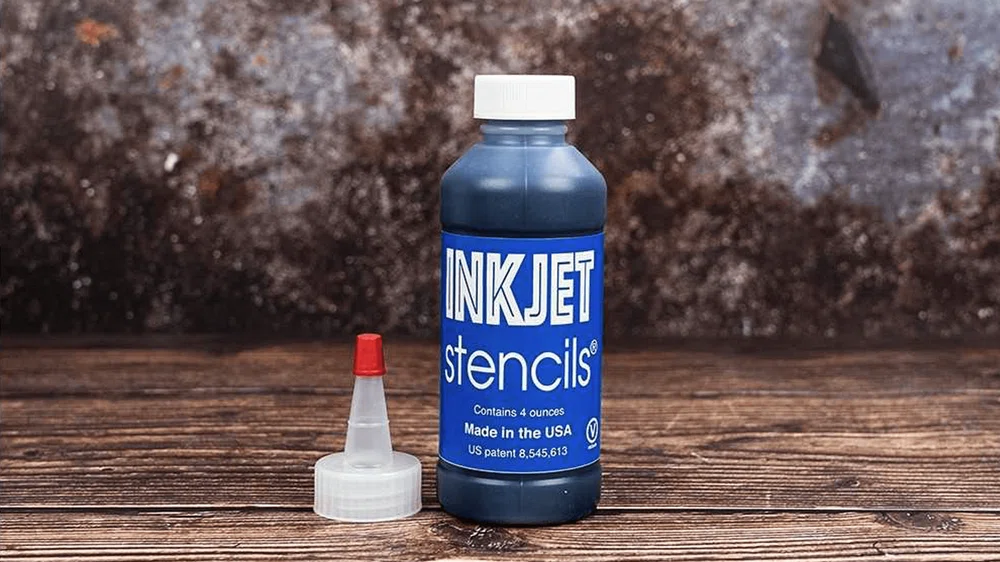
There are still many unanswered questions, or at least, little is being said about it. But, to name a few of the inconveniences that most concern tattoo professionals...
The durability of the stencil on the skin is uncertain.
It's still too early to know if the fixation is always good and the stencil won't let you down in the middle of a session. We just have to wait to use it ourselves to be completely sure.
In any case, it is likely that with the fixing spray created by Inkjet for this purpose, the results are better.
It requires a significant initial investment.
The sole bottle of special Inkjet ink costs around €200. The printer, between €250 - €500 approximately, depending on the model and the country. Add to that the paper and the spray, about another €50.
Although, you also find sellers offering the whole pack (minus the printer) for a lower price than buying it separately.
In the short term, until amortized, it's a considerable expense. But, it's true that in the long run, it could be more profitable, since, with one bottle, you can supposedly make up to 3000 prints.
For optimal results, it should be used daily.
In fact, this is one of the reasons why this method is more beneficial for those who have been tattooing for a while and have a frequent client base.
It's recommended making at least one print per day with all four print-heads because otherwise, the ink can dry and clog the injectors or ducts. This can also harm the print quality, causing less intense lines and shadows.
This should be complemented with head cleaning both from the PC and manually with head unclogging liquid.
Who Can Benefit from the Inkjet Stencil Method?
With all the cards on the table, to us, there's something that is clear...
This digital alternative for printing stencils:
- Is ideal for those who have been tattooing Realism for a while.
- Is not suitable for beginners.
Why?
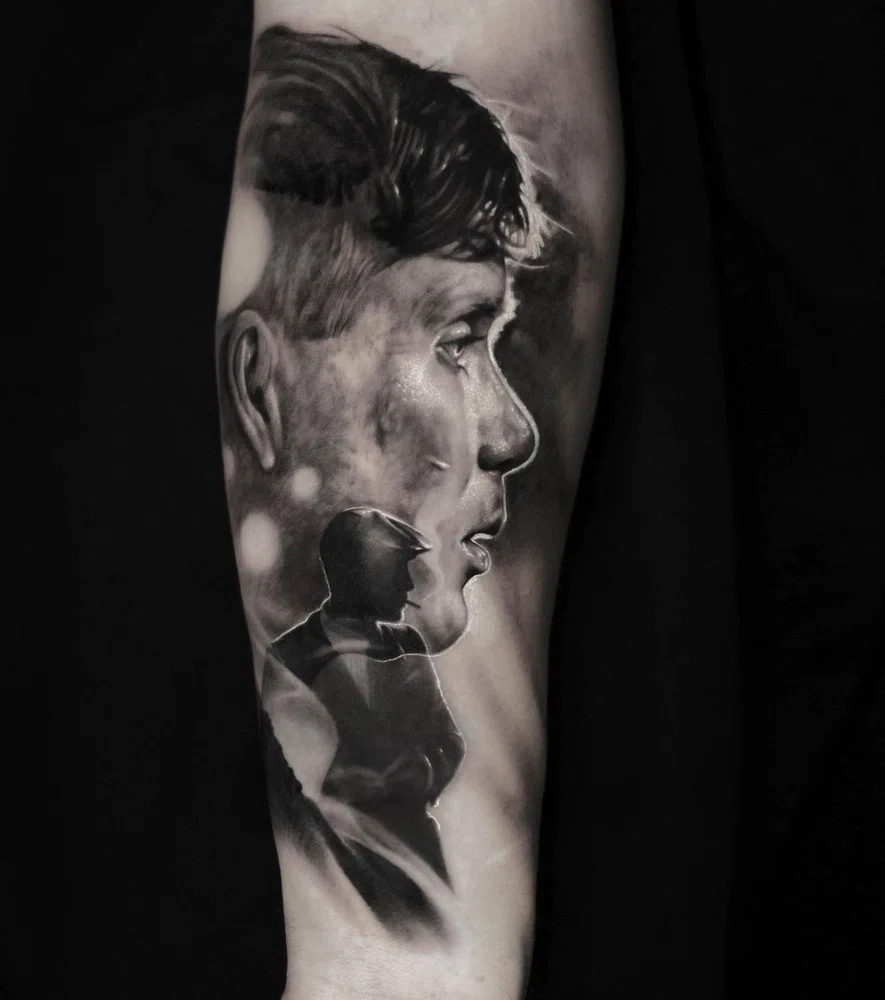
- Because the level of detail and tonal scale it offers suits this style perfectly; such is so, that it may not even be necessary to be constantly looking at the reference image.
Of course, someone who tattoos Blackwork, New School, or Neo-trad can find it useful, but those who need the same level of detail and precision as the reference are likely to get the most out of the investment.
Besides, it's relevant that they have a professional background as they can afford the investment, will use it frequently enough, have already consolidated their method, and already know how to act in case of emergency; therefore, they are in a position to optimize processes. - But a tattoo beginner still has a lot to learn.
It's crucial that before switching to digital, they know how to create a stencil manually from scratch, not only to learn to draw for tattooing and refine their technical skills but also to better handle sessions and, above all, to have the ability to tackle any unforeseen circumstances.
If someone who's just learning how to tattoo doesn't dedicate time to work on their stencils, they will only be getting ahead of themselves to then fall behind.
Inkjet Stencil for Tattoos, Yes or No?
As you may have noticed, this alternative method has both pros and cons.
For now, intrepid users are already sharing their experiences. Overall, what is most questioned is both the effectiveness of use and the difficulty of finding the printer that provides the best results.
Although this is just the tip of the iceberg, there is much more to explore on this matter.
We've read testimonials from people who have gone back to using the thermocopier after trying it, but also, others have found the right formula and couldn't be more fascinated with the usefulness of this peculiar option.
In the end, as we always say, no one will know better than you if it is worth investing in it.
We have brought you the information to help you understand and stay up to date on what's happening in the industry. What we do recommend 100% is not to make hasty decisions, consider what suits you best, and keep this note handy to check it whenever you need ;).
For everything else, whether you wish to learn how to make professional-quality stencils or if you already have it under control but aspire to improve as an artist and take your tattoos to the next level, don't forget that at 10 Masters, we have a comprehensive and super practical MasterCourse: Realistic Tattooing with by Coreh López, an expert in Black & Gray organic Realism with over 13 years under his belt.